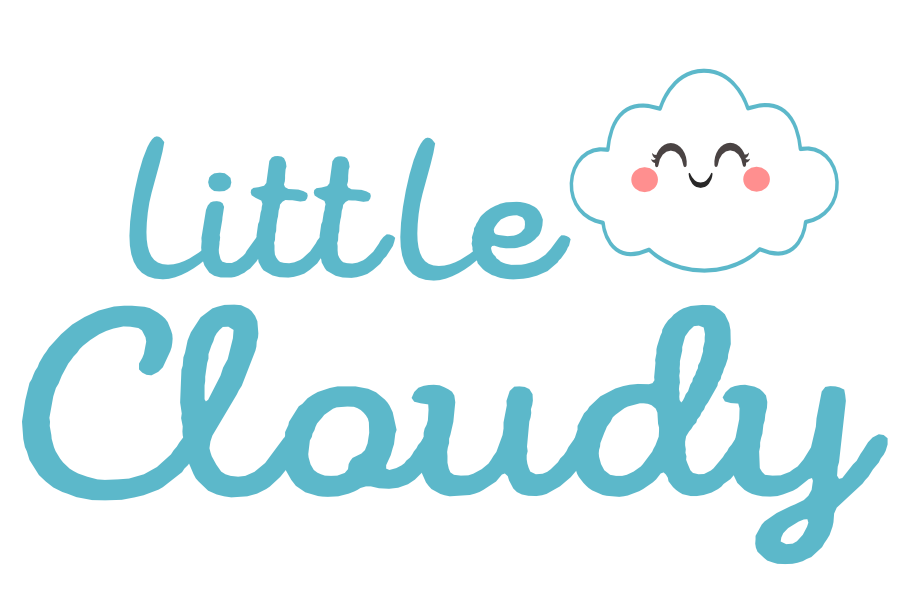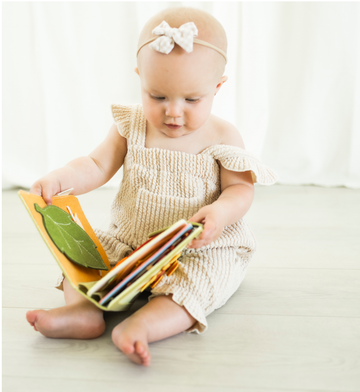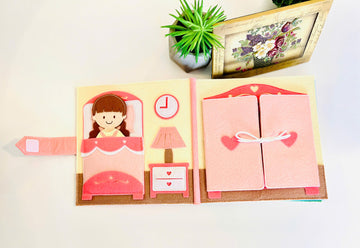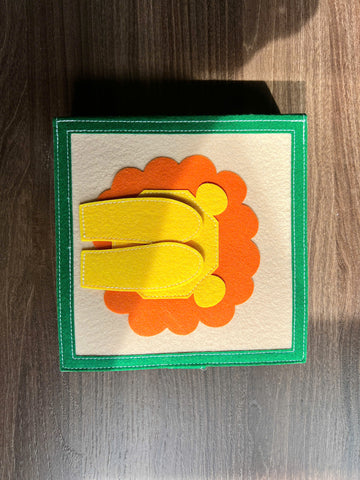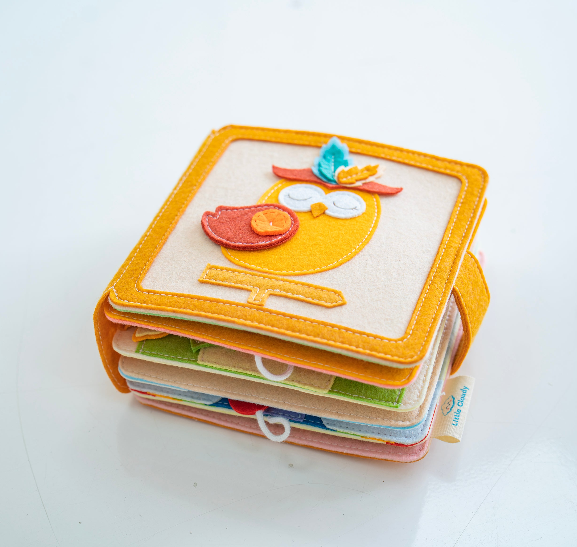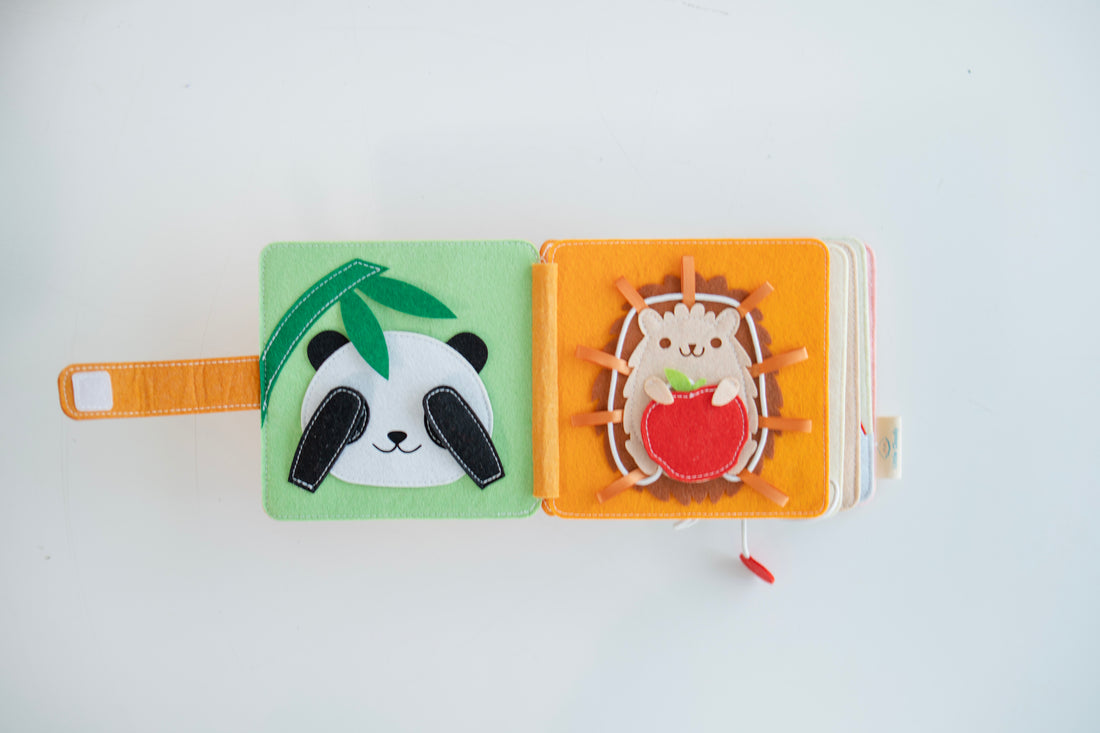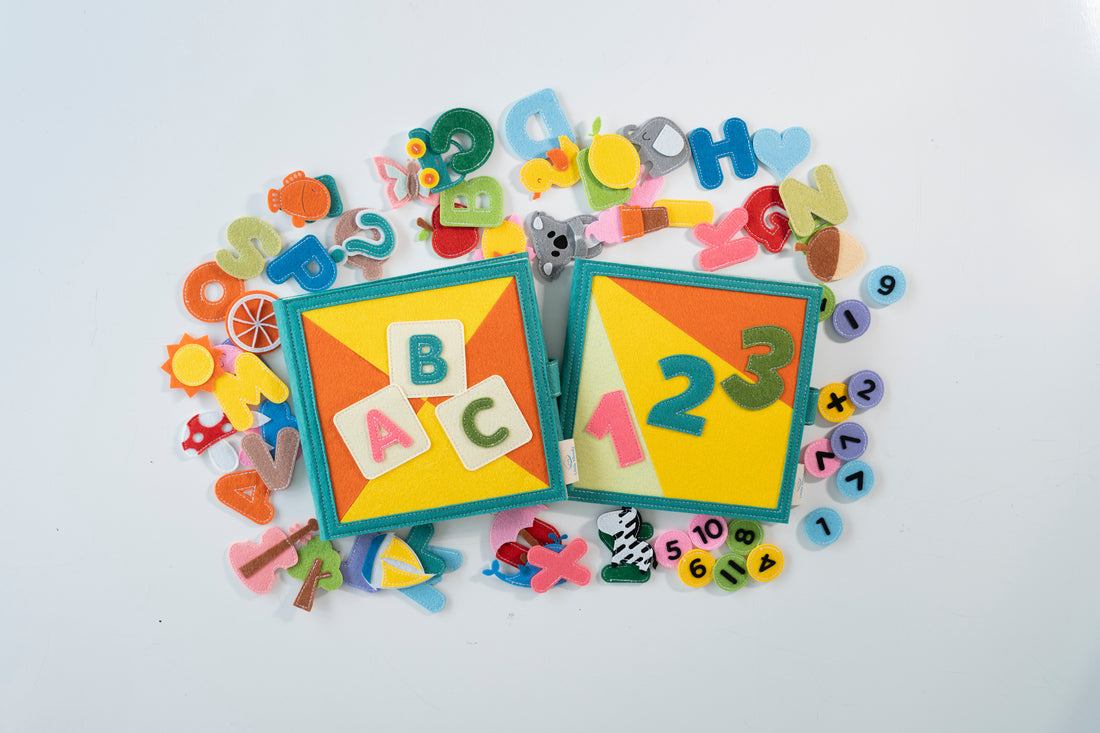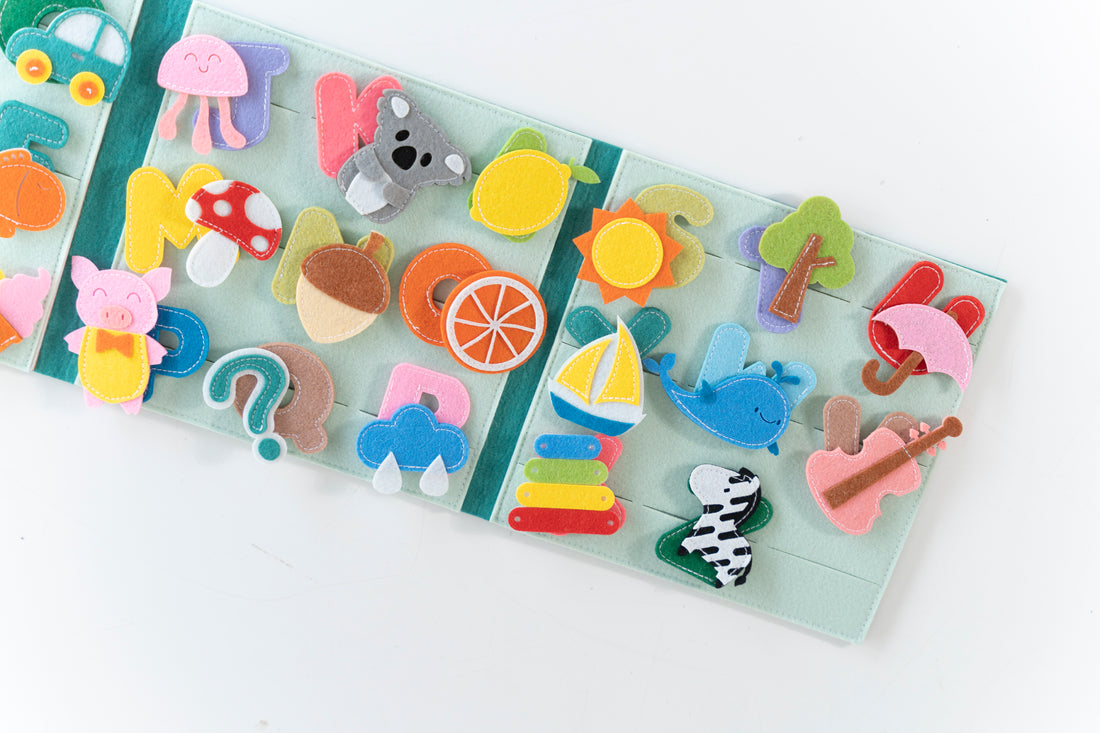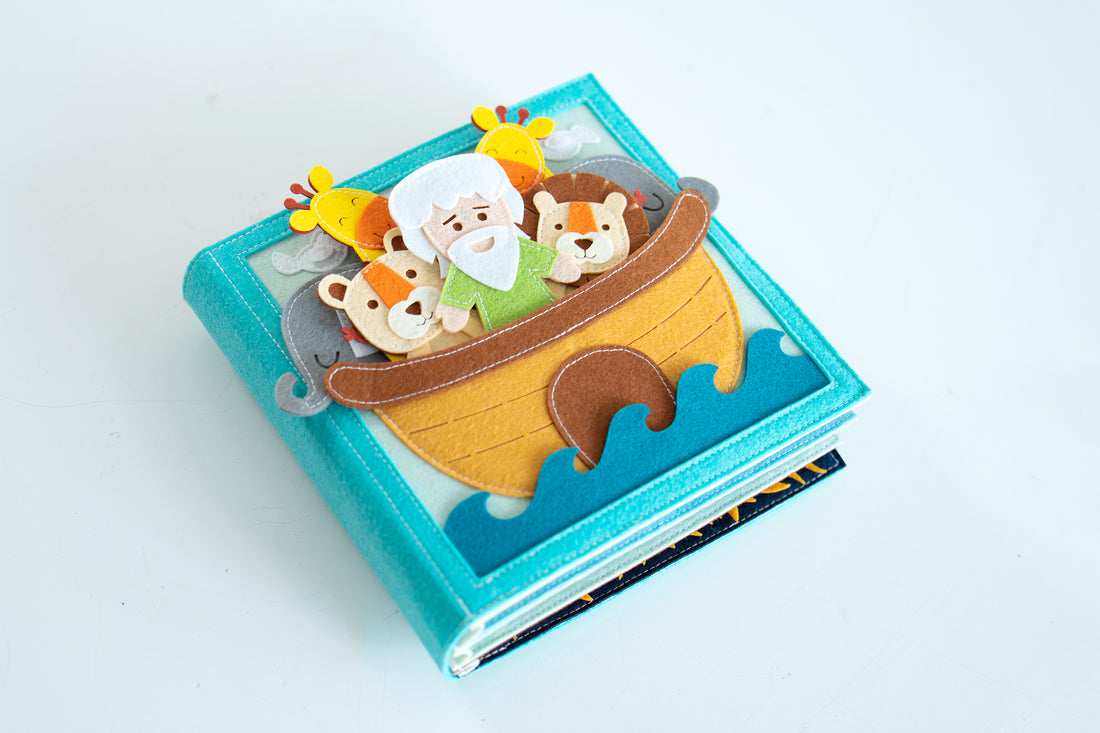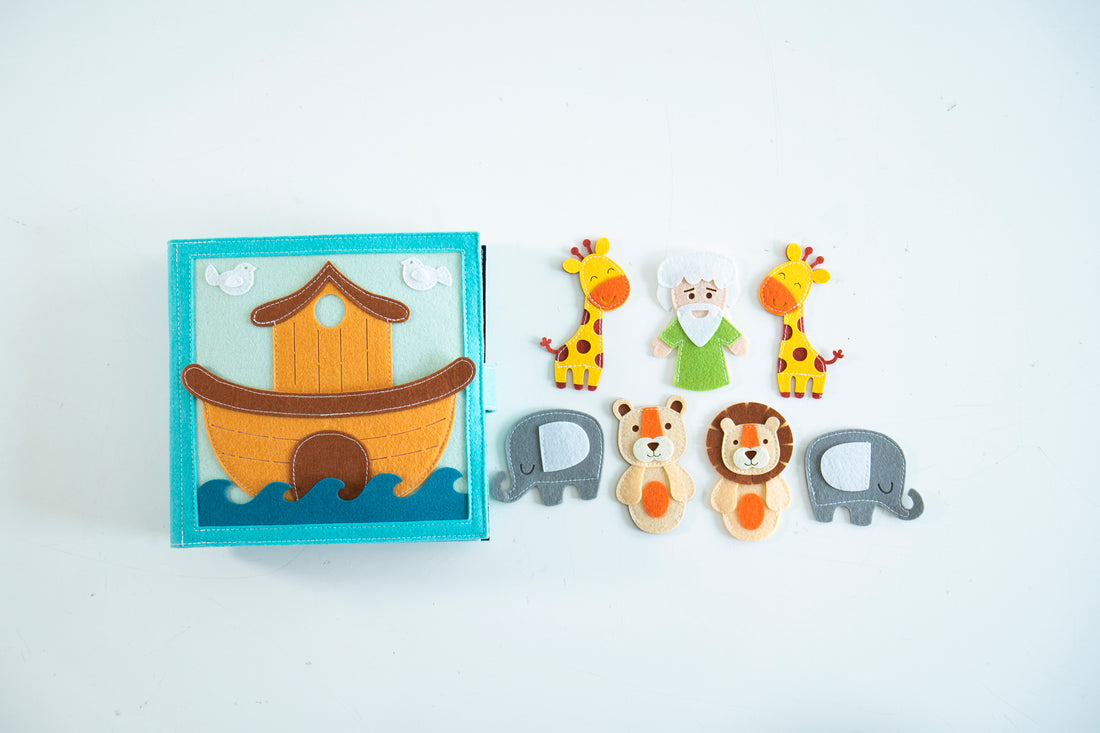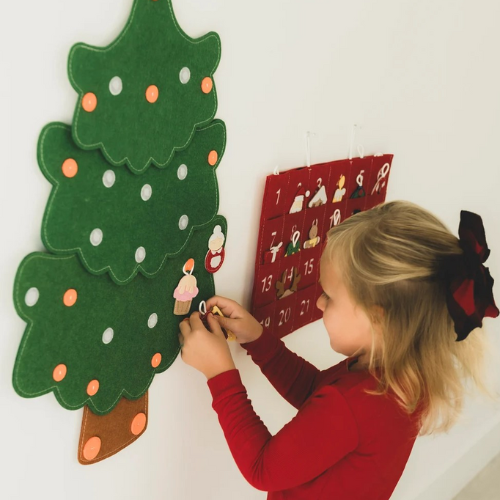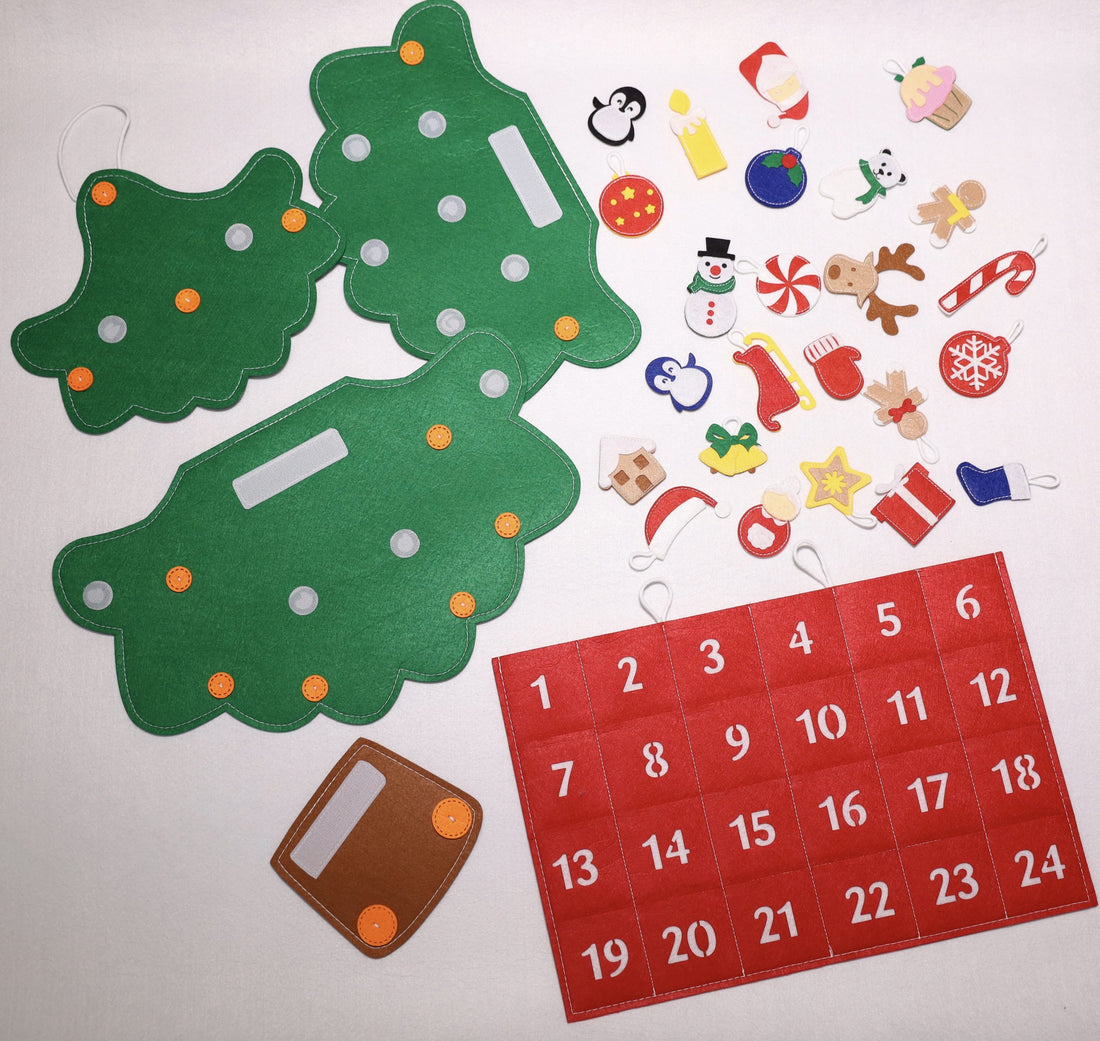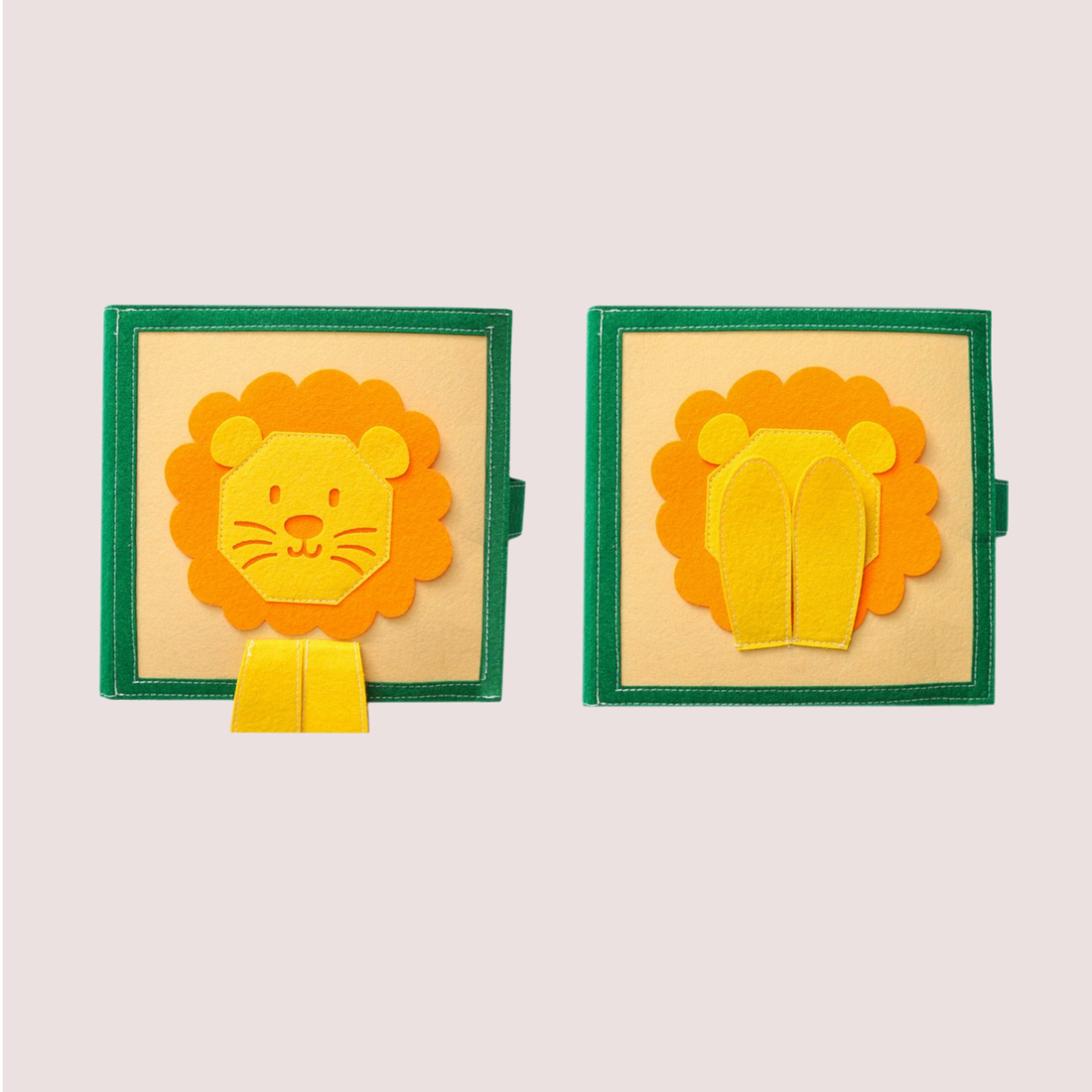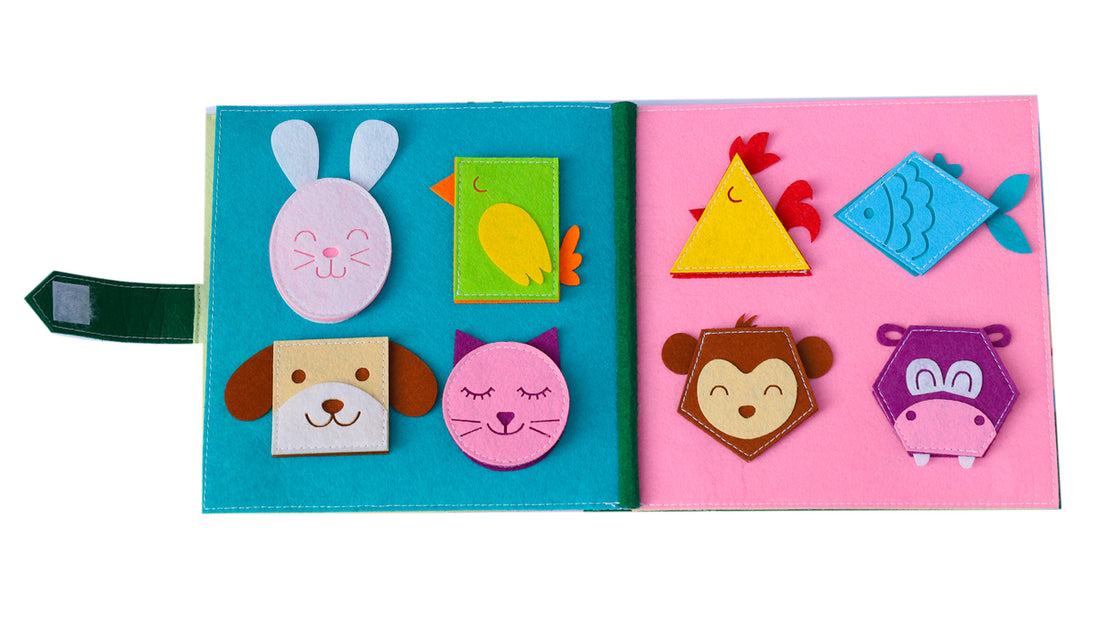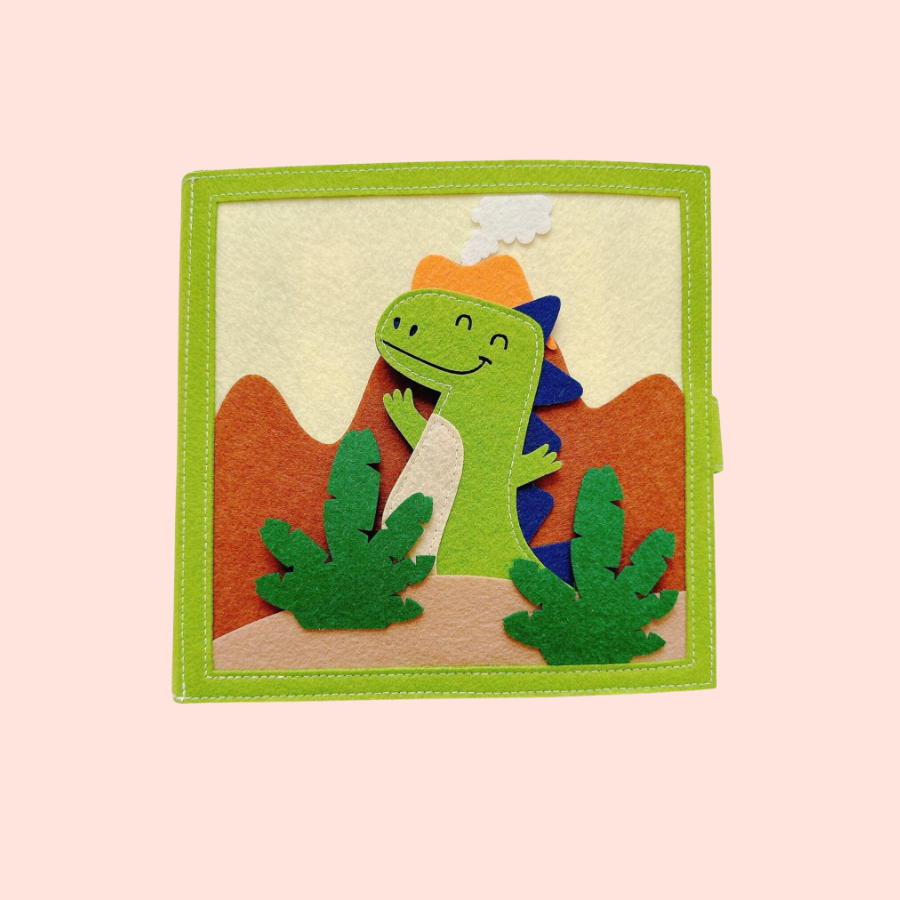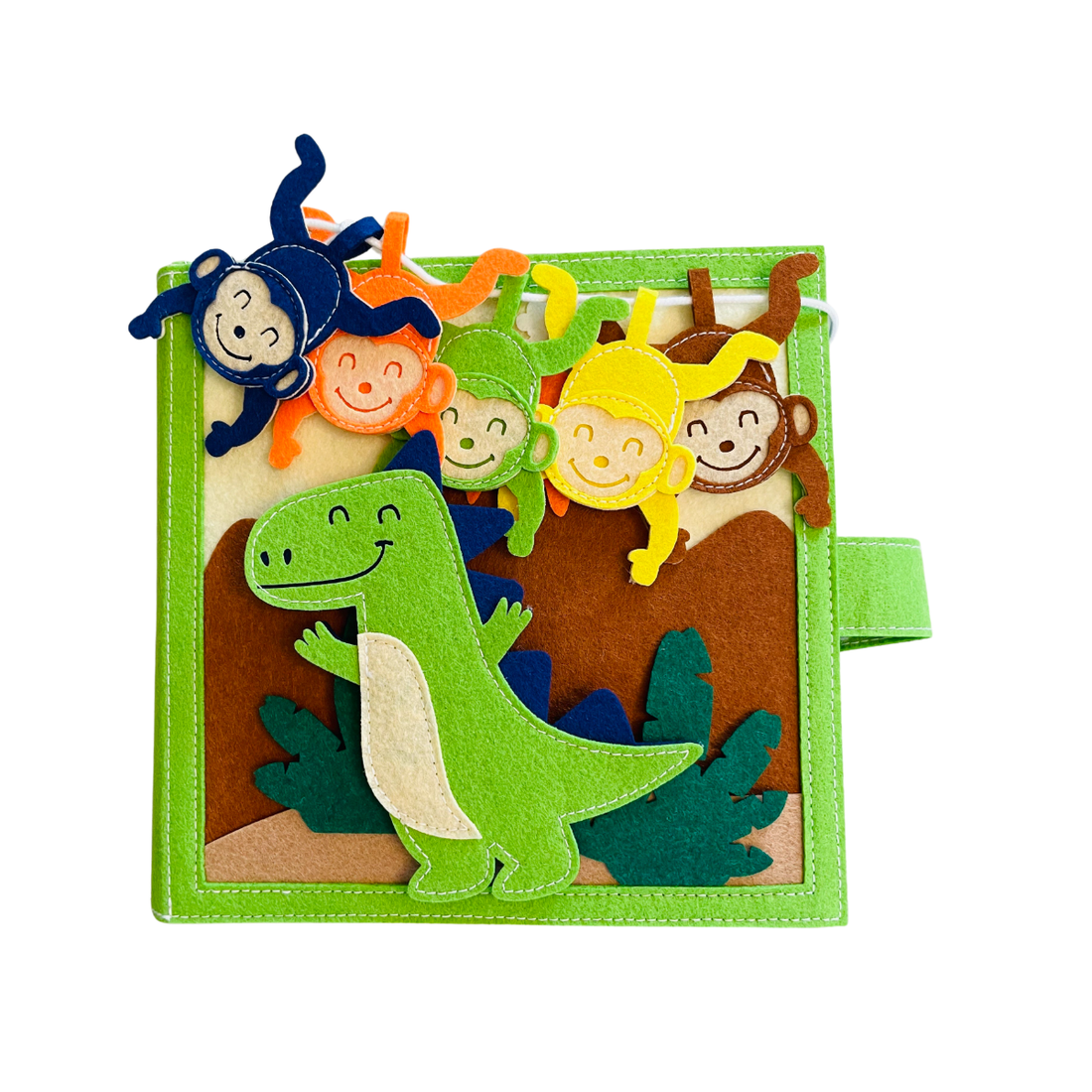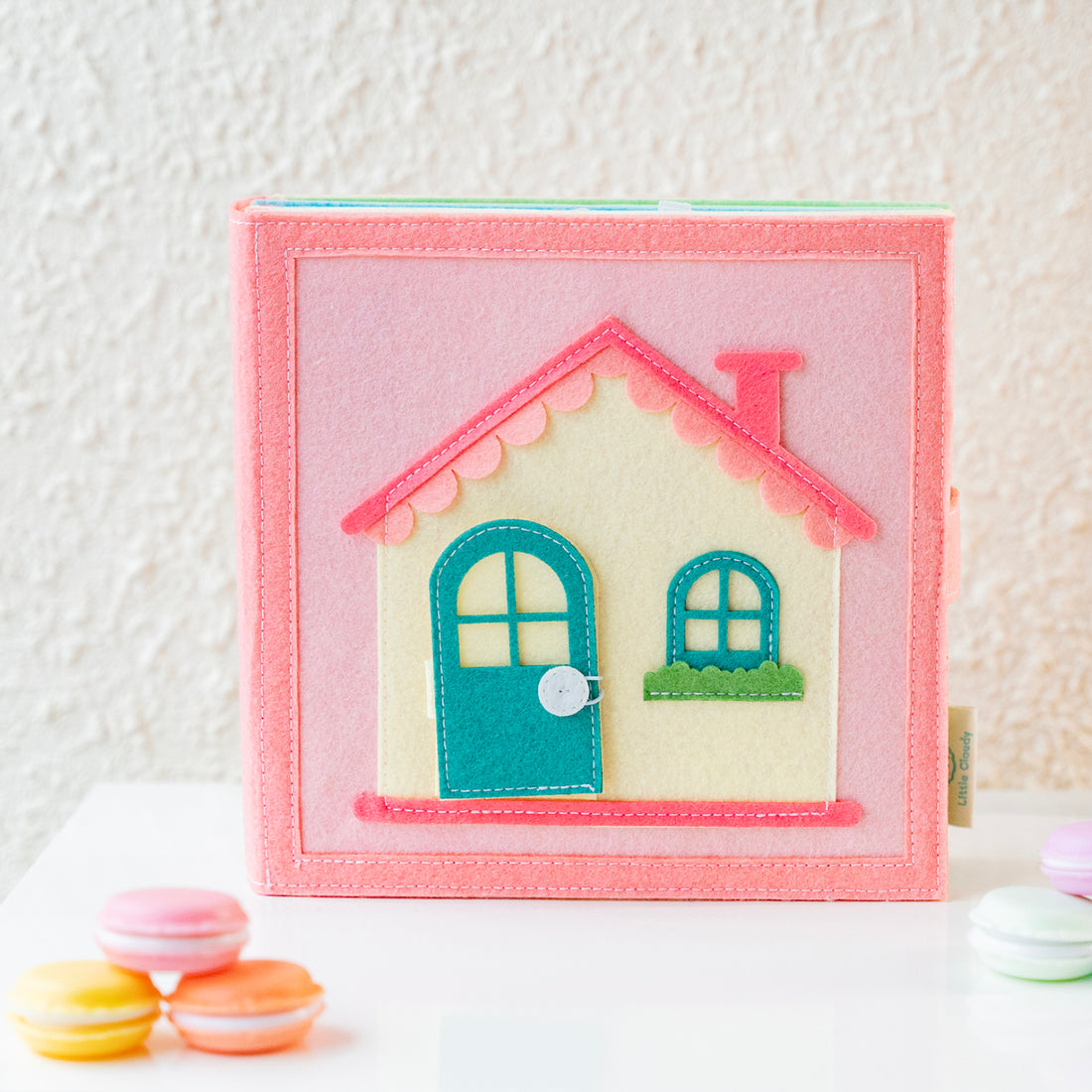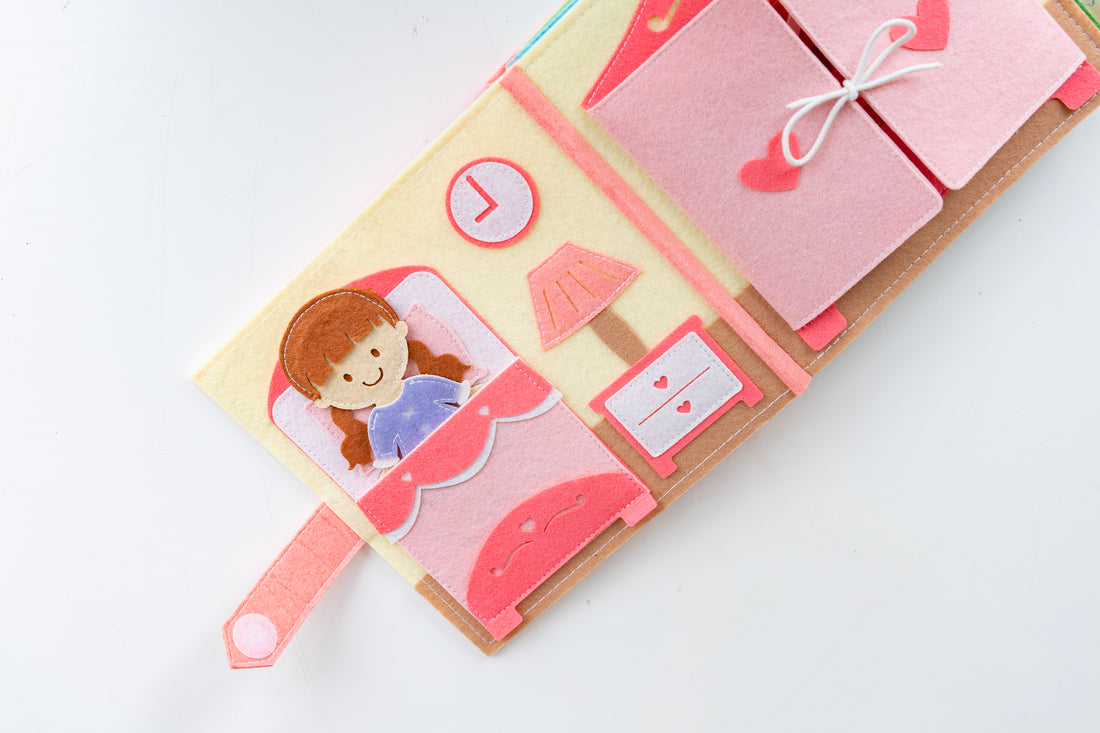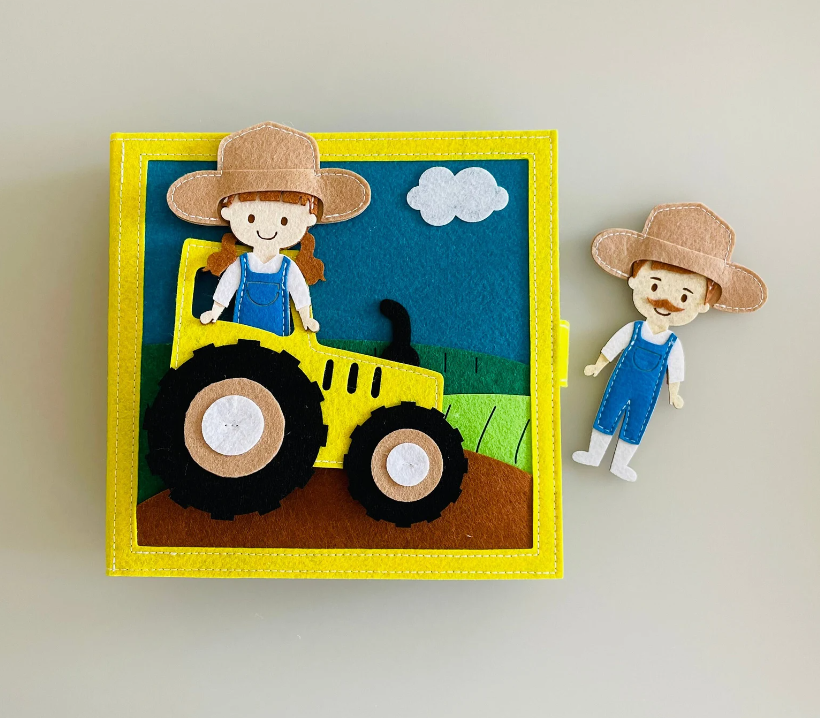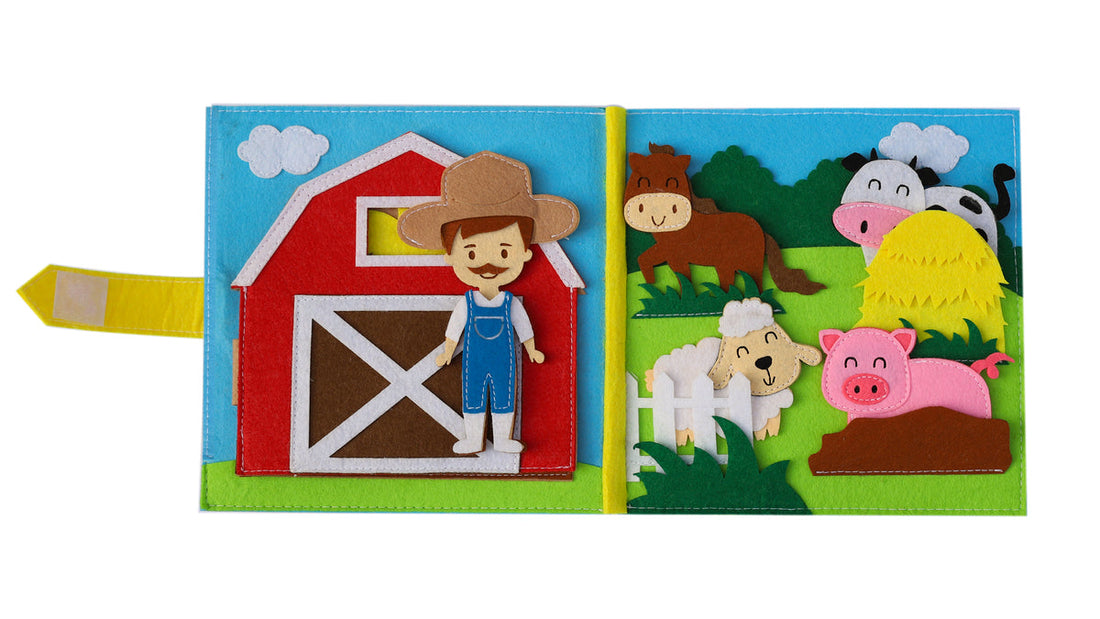Benefits of Busy Books for Toddlers

Busy books for toddlers offer a hands-on way to engage and entertain young children while promoting cognitive development. These interactive books are designed to captivate your little one's attention with colorful images, textures, and activities that stimulate their minds. By encouraging active participation, busy books help enhance fine motor skills as children flip, pull, push, and touch different elements within the pages.
Furthermore, busy books provide a platform for language development as you engage your child in conversations about the pictures and activities. This back-and-forth interaction is crucial for building vocabulary and communication skills in toddlers. Additionally, the variety of textures and materials in busy books stimulate sensory exploration, aiding in the development of sensory processing abilities.
Moreover, these books foster creativity and imagination by sparking curiosity and encouraging problem-solving. As your child explores the different features of the busy book, they're prompted to think critically and come up with solutions, nurturing their cognitive abilities. In essence, busy books aren't just entertaining; they're invaluable tools for your toddler's holistic development.
Sensory Stimulation and Development

Engage your toddler's senses through interactive experiences that promote sensory stimulation and development. Busy books are fantastic tools for providing tactile, visual, and auditory input that can enhance your child's sensory processing skills.
As your little one explores the various textures, colors, and sounds within a busy book, their brain is actively engaged in processing this information, which can help improve their sensory awareness and motor skills.
By touching different textured fabrics, manipulating small buttons, and hearing crinkly sounds, your toddler's sensory receptors are firing, creating connections in the brain that support overall sensory development. These experiences can also aid in improving hand-eye coordination, fine motor skills, and cognitive abilities.
Additionally, engaging in sensory-rich activities can have a calming effect on your child, helping them regulate their emotions and responses to stimuli in their environment.
Interactive Learning Activities

Looking to make learning fun and engaging for your toddler? Interactive learning activities are a fantastic way to keep your little one entertained while also helping them develop essential skills. These activities involve hands-on experiences that encourage your toddler to actively participate in the learning process.
One popular interactive learning activity is matching games. These games help toddlers improve their cognitive skills by matching shapes, colors, or numbers. You can create simple matching games using everyday objects or purchase ready-made ones for added convenience.
Another engaging activity is sorting games. Sorting games help toddlers enhance their problem-solving abilities and categorization skills. You can use objects like blocks, colored buttons, or even fruits and vegetables for sorting activities.
Puzzles are also excellent interactive learning tools. They promote critical thinking and improve hand-eye coordination. Start with simple puzzles featuring large pieces and gradually increase the difficulty as your toddler becomes more skilled.
Enhancing Fine Motor Skills
To further develop your toddler's skills, consider activities that focus on enhancing their fine motor skills. Engaging in activities like threading beads onto strings, using tweezers to pick up small objects, or even coloring within the lines can greatly improve their hand-eye coordination and finger dexterity. These activities require precise movements and help strengthen the muscles in their hands and fingers.
Another great way to enhance fine motor skills is by incorporating playdough or clay into their playtime. Squishing, rolling, and shaping the dough not only sparks creativity but also improves their hand strength and control. Puzzles with chunky pieces or building blocks are also fantastic tools for refining fine motor skills as they require grasping, stacking, and fitting pieces together.
Encouraging Cognitive Growth

Encouraging cognitive growth in toddlers can be achieved through interactive activities that stimulate their thinking and problem-solving skills. Engaging your toddler in activities like shape sorting, matching games, and simple puzzles can help enhance their cognitive abilities. These activities encourage them to think critically, make connections, and develop their problem-solving skills.
Introducing your toddler to books with interactive elements such as lift-the-flap features, textures to touch, and hidden surprises can also aid in cognitive development. These books can help improve their attention span, memory, and language skills as they explore and interact with the content.
Furthermore, incorporating activities that involve sorting objects by color, shape, or size can help toddlers understand basic concepts of classification and categorization. Encouraging them to explore cause and effect relationships through activities like stacking blocks and building simple structures can also foster their cognitive growth.
Keeping Toddlers Engaged for Hours
Engage your toddler in a variety of stimulating activities to keep them entertained for hours. Toddlers have a natural curiosity and energy that can be harnessed to create a fun and engaging environment. One way to keep them entertained is through interactive games that involve movement, such as dancing or playing with colorful balls. These activities not only entertain but also help in developing their motor skills.
Another great way to keep toddlers engaged is through sensory play. Activities like playing with kinetic sand, water tables, or finger painting can captivate their attention for extended periods. These experiences stimulate their senses and foster creativity.
Furthermore, incorporating storytelling sessions or interactive reading time can be an excellent way to engage toddlers. Choose books with vibrant illustrations and interactive elements like lift-the-flap or touch-and-feel books to keep them entertained and engaged.
Lastly, rotating toys and activities regularly can help maintain their interest. Introducing new toys or games periodically keeps the activities fresh and exciting for toddlers, ensuring they stay engaged for hours on end.
Creating Bonding Moments
Creating bonding moments with your toddler is essential for building strong relationships and fostering a sense of connection. These moments lay the foundation for a deep and lasting bond between you and your little one. Busy books can be a wonderful tool to facilitate these special times together.
As you sit down with your toddler and explore the colorful pages of a busy book, you aren't just engaging in an activity; you're creating memories that will last a lifetime.
Through shared interactions like pointing out different shapes, colors, and textures in the book, you aren't only stimulating your toddler's cognitive development but also strengthening your relationship. These bonding moments provide opportunities for laughter, learning, and love to flourish.
As you turn each page together, you aren't just going through the motions but actively participating in your child's growth and development.
Portable and Convenient Entertainment

For busy parents on the go, busy books offer portable and convenient entertainment for toddlers. These books are lightweight and compact, making them easy to toss into a diaper bag or carry-on when you're headed out the door. Whether you're at the doctor's office, waiting in line, or traveling, having a busy book on hand can help keep your little one engaged and occupied.
The beauty of busy books lies in their ability to provide a variety of activities in one convenient package. From sensory elements like textured fabrics and crinkly pages to interactive features such as zippers and buttons, these books offer endless entertainment possibilities. Your toddler can flip through pages, solve puzzles, and explore different textures all in one place.
Additionally, busy books are designed to be durable and withstand the wear and tear of toddler play. They often feature sturdy materials and secure closures to prevent pieces from getting lost. This means you can trust that your busy book will hold up during all your adventures, providing reliable entertainment whenever you need it.
DIY Busy Book Ideas
When looking to personalize your toddler's entertainment, consider exploring creative DIY Busy Book Ideas. Making your own busy book can be a fun and rewarding experience. Start by choosing a theme that your toddler loves, such as animals, shapes, or numbers. Use felt, fabric, or even recycled materials to create interactive pages that will captivate your little one's attention.
One popular DIY busy book idea is a shape matching page. Cut out different shapes from colorful felt or fabric and attach them to a page. Then, create corresponding shapes on the page where your toddler can match and place the shapes. This activity helps with shape recognition and fine motor skills development.
Another engaging DIY busy book idea is a sensory page filled with different textures for your toddler to explore. You can include materials like faux fur, sandpaper, silk fabric, or bubble wrap for a tactile experience that stimulates your child's senses.
Get creative and tailor the busy book to your toddler's interests and developmental needs. DIY busy books aren't only entertaining but also serve as educational tools for your little one.
Choosing the Right Busy Book
To select the ideal busy book for your toddler, consider their interests and learning goals. Think about what captivates them - whether it's animals, numbers, letters, or colors. Look for a busy book that aligns with these preferences to keep them engaged and excited. If your child loves animals, opt for a busy book with interactive animal scenes or puzzles. For those interested in numbers and letters, a book focusing on counting, the alphabet, or spelling might be the perfect choice.
Consider the developmental stage of your toddler when choosing a busy book. For younger toddlers, books with sensory elements like different textures and shapes can be beneficial for their tactile exploration. Older toddlers might enjoy books that challenge their problem-solving skills with activities like matching games or simple mazes.
Additionally, take into account your child's learning goals. If you want to enhance their fine motor skills, look for a book with activities that require grasping, turning pages, or fitting shapes into corresponding slots. For language development, seek out books with rhymes, repetitive phrases, or storytelling elements. By tailoring the busy book to your toddler's interests and educational needs, you can provide them with a stimulating and enjoyable learning experience.
Frequently Asked Questions
Can Busy Books Help With Speech Development in Toddlers?
Busy books can indeed help with speech development in toddlers. They offer interactive activities that engage and encourage language skills. By interacting with different textures, sounds, and visuals, toddlers can enhance their vocabulary and communication abilities.
Are Busy Books Suitable for Children With Special Needs?
Busy books can be beneficial for children with special needs. They offer interactive and tactile experiences that can cater to varied learning styles. Incorporating sensory elements can help engage and stimulate children with different abilities.
How Can Busy Books Support Emotional Regulation in Toddlers?
Busy books can support emotional regulation in toddlers by providing interactive sensory experiences that engage their minds and hands, helping them focus and calm down. These activities promote self-soothing and concentration skills.
Do Busy Books Help in Promoting Social Skills?
Busy books can help your toddler in promoting social skills by encouraging interactive play, turn-taking, and cooperation. These activities foster communication and empathy, laying a strong foundation for positive social interactions and relationships.
What Age Range Are Busy Books Recommended For?
Busy books are recommended for toddlers aged 1 to 3. They engage young minds with interactive activities. These books foster creativity and fine motor skills. They are perfect for keeping your little one entertained and learning.
In conclusion, busy books are an invaluable tool for engaging and entertaining toddlers while promoting their cognitive development and fine motor skills.
With sensory elements, interactive activities, and a variety of learning experiences, busy books provide a fun and stimulating way for young children to learn and grow.
From enhancing problem-solving abilities to fostering language development, busy books offer a holistic approach to early childhood education.
So grab a busy book and watch your toddler's mind bloom!
